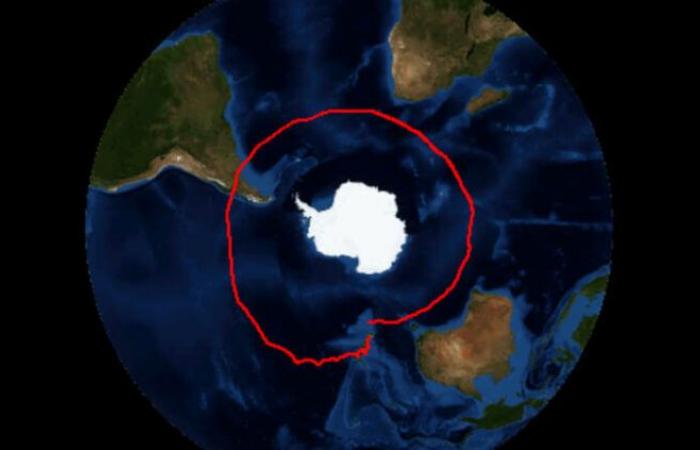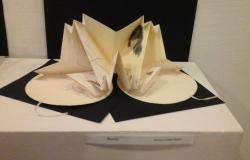More than 16 days after taking off from Wānaka, New Zealand, the NASA superpression The balloon crossed the line of this last Saturday, May 3.
“I am very proud of the continuous success of the mission, which is directly reflected in the excellence of our dedicated Operations and Engineering team,” said Gabriel Garde, head of the NASA Balloon Program Office at the Wallops flight facilities of the agency in Virginia. “TAnto the globe as scientific instruments have worked correctly during the test flight. ”
While the mission has successfully fulfilled the minimum scientific and rating requirements of the globe, The team has been monitoring small performance problems and has verified that the system presents a small leakage. The balloon has maintained its flotation altitude planned during the day; However, during the last night periods, it began to show a considerable altitude drop, especially to flying colder temperatures, such as storm systems. The entire ballast (additional weight added to the globe gondola) has been used to maintain the stability of the altitude.
The teams will continue to monitor the state and the performance of the globe during their flight, as well as their ability to land safely and recover the globe and the payload. The next land crossing will occur on South America in approximately five days.
“While we have experienced some problems with altitude performance, the structure of the globe and its design have had excellent performance, which gives us a Great confidence in the viability of the platform to support science“Said Garde.” They will still spend several days before we can fly over the earth again, and we are planning to recover our hardware and evaluate the systems. “
The superpression balloon It is a pressurized flight vehicle of 532,000 cubic meters, Designed to float at a constant density altitude despite the heating and cooling of the day-night cycle. This positive pressure, together with the stratospheric conditions of the southern hemisphere, allows long -term flights in average latitudes.
While the main objective of the flight is to continue testing and describing the technology of the Superpression Globe, the globe also transports the Mission of Wind Observation opportunity by Great Altitude Interferometry (Hiwind), led by the Great Altitude Observatory of the National Atmospheric Research Center in Boulder, Colorado. The Hiwind payload measures the neutral wind in the termosphere, a part of the earth’s atmosphere. Understanding these winds will help scientists predict changes in the ionosphere, that can affect communication and navigation systems.






